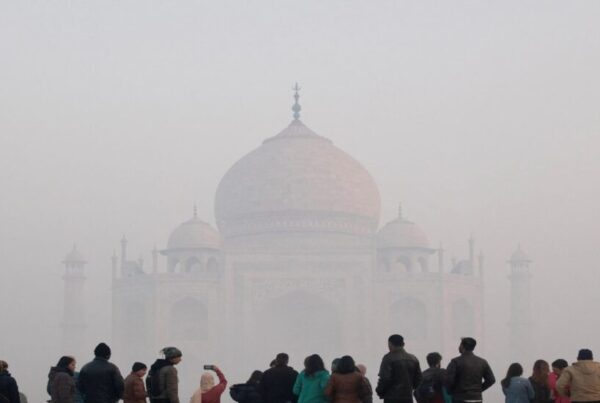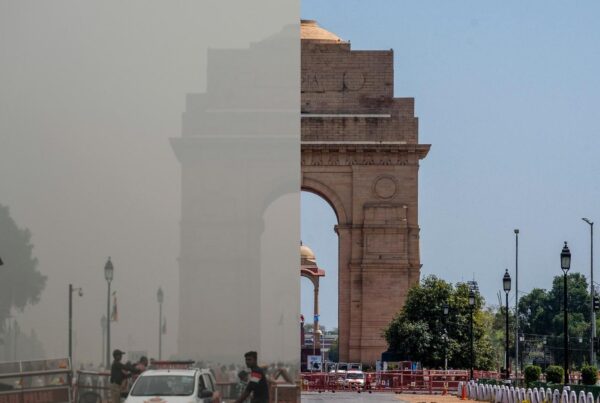In the lush month of June, when the monsoon whispers to the earth, Odisha comes alive with Raja—a vibrant and deeply symbolic festival that celebrates menstruation, fertility, and feminine energy. Unique in its essence, Raja (pronounced raw-jaw) honors the woman and the womb, the soil and the seed, in a rare cultural tribute to the sacred rhythm of life.
Derived from Rajaswala, meaning “a woman in her menstrual cycle,” Raja views the Earth as a divine mother who bleeds, rests, and renews. For three days, farmers pause their work, letting the land heal, mirroring the traditional rest given to menstruating women. It’s a powerful metaphor—where the Earth’s fertility and a woman’s cycle are revered as life-giving forces.
Young girls swing joyfully from ropes tied to mango trees, feet stained red with alta, laughter echoing through villages. They wear new clothes, feast on poda pitha, and celebrate their blossoming womanhood with grace and pride.
Raja is more than a festival—it’s a poetic resistance to shame, a celebration of nature’s cycles, and a reminder that menstruation is not a curse, but a sacred connection to creation itself.




